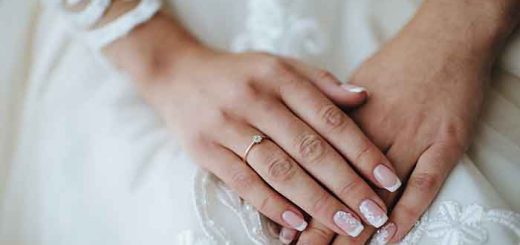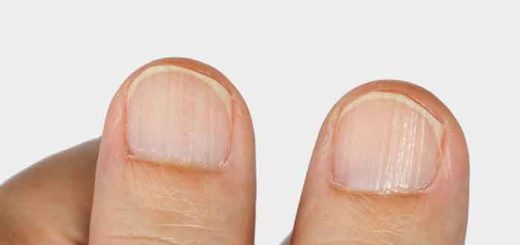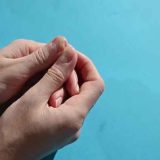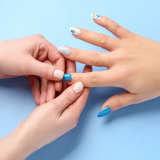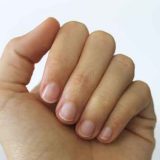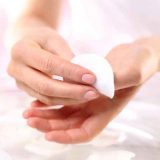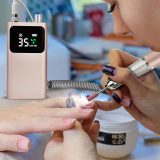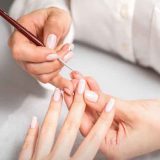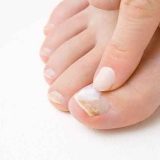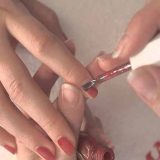Why do nails turn yellow? All the possible causes
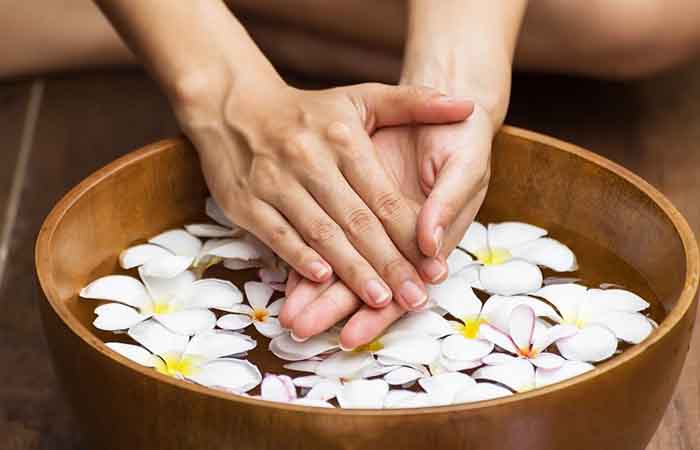
Nobody wants yellow nails! Behind this discoloration, there are often very specific causes. Nail polish, bad daily habits or health problems, there is bound to be one that can explain your situation. Maryton works with you to discover those reasons and help you move on quickly!
Yellowing nails due to nail polish
Do you love colored nail polishes, especially dark shades like red or black? These pigments can penetrate the keratin of the nail and leave yellowish marks. The more you use these colors without protection, the more your nails risk losing their natural shine.
Tip to adopt: Always apply a protective base before applying your nail polish, regardless of the color. This layer acts as a shield and prevents the pigments from attaching directly to the nail.
Yellowing nails due to false nails
If you are a fan of false nails or gels, be careful of the side effects on your natural nails. Prolonged or poorly performed application can prevent your nails from “breathing” properly, which makes them more fragile and promotes their yellowing.
Worse still, if the nails are not well prepared or if residue accumulates under the false nails, it can even lead to infections.
A little pro tip: Between two false nail applications, let your natural nails rest for at least a week. Pamper them and enhance them with a professional manicure set.
Yellow nail due to smoking
Cigarettes are not only bad for your health, they are also bad for your nails! The nicotine and tar present in cigarette smoke leave residue that accumulates on the surface of the nail. Result? An unsightly yellow tint that can be stubborn.
An idea to remedy this: Use a whitening treatment specially designed for nails, or try a lemon and bicarbonate bath for a natural lightening effect. Of course, if you want to say goodbye to this problem for good, reducing or quitting smoking will be your best option.
Yellow nails and fungus
A fungus can be one of the most common causes of yellow nails, and its symptoms are easy to spot. If your nails become thick, brittle, and take on a yellowish tint, there is a good chance that it is due to a fungal infection. Sometimes, the nail can even become deformed or give off an unpleasant odor.
What to do: If you detect these signs, start by applying an antifungal available in pharmacies. But if the fungus is already well established or if you see that it does not go away, consult a health professional quickly. A podiatrist or dermatologist will be able to offer you a more effective treatment, such as suitable antifungal medications.
Yellow nail due to nail psoriasis
Psoriasis is not limited to the skin, it can also affect the nails. In this case, you may notice yellow spots under the surface of the nail, grooves or even partial detachment of the nail (this is called onycholysis). Sometimes, the nail can also become more fragile and irregular.
Professional advice: If you suspect nail psoriasis, don’t wait. Make an appointment with a dermatologist. They will be able to make a precise diagnosis and suggest an appropriate treatment, often based on creams, oral treatments or injections in the case of severe psoriasis.
Read also: The advantages of gel nails: beautiful nails that last!

